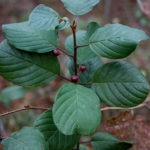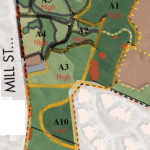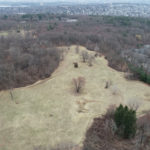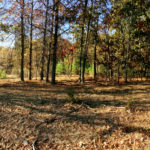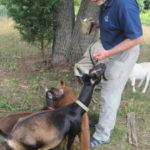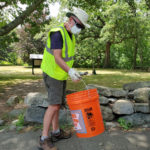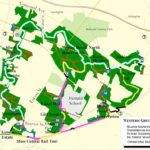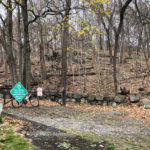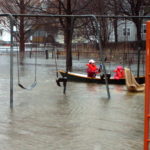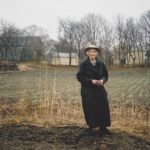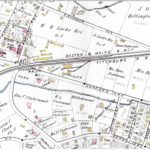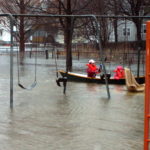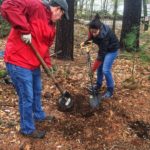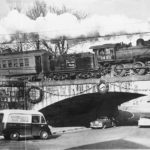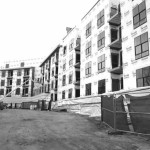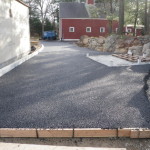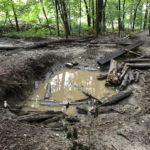
By Vincent Stanton, Jr. Last spring, as playgrounds were being closed statewide to contain the emerging COVID-19 outbreak, a new Belmont pocket park came into existence where COVID restrictions didn’t apply. Conceived and built by a group of Belmont boys, the park is hidden from casual passersby by its topography and tree canopy. However, it is well publicized among its users, who have documented their exploits on Instagram, Facebook, and other social media (search for “Belmont Dirt Jumps”). Created for bicycle jumping, a sport that emerged from BMX bike racing, the park initially consisted of a network of crisscrossing paths [READ MORE]


